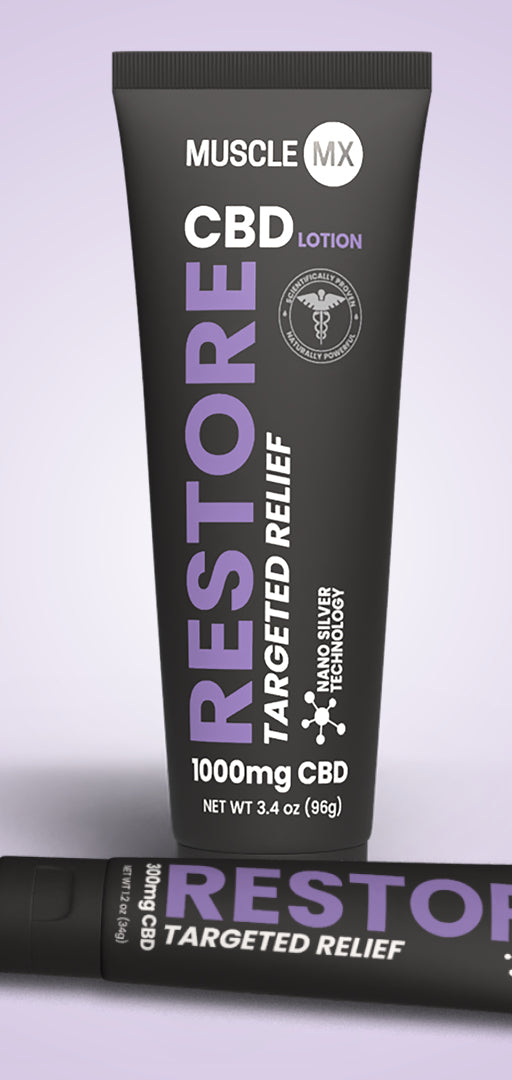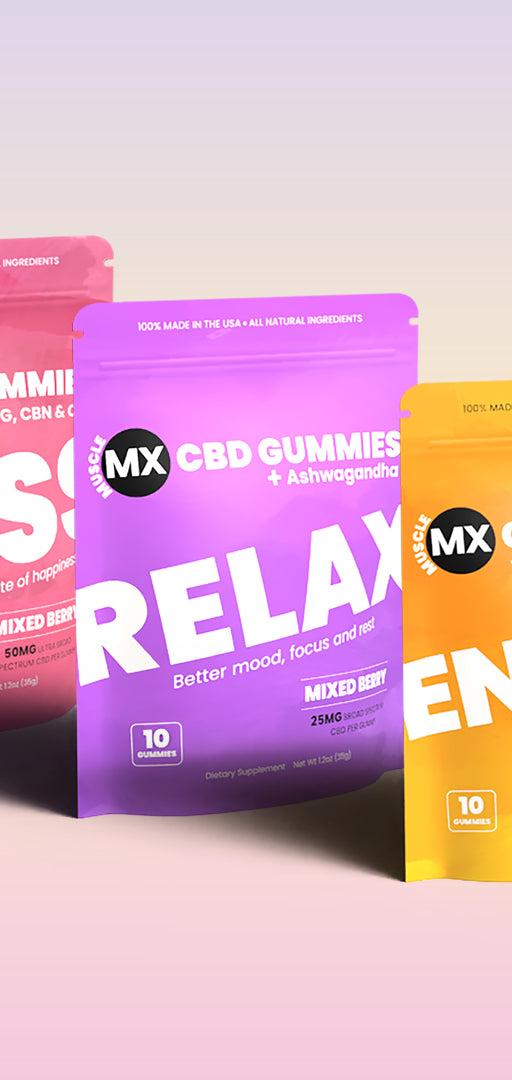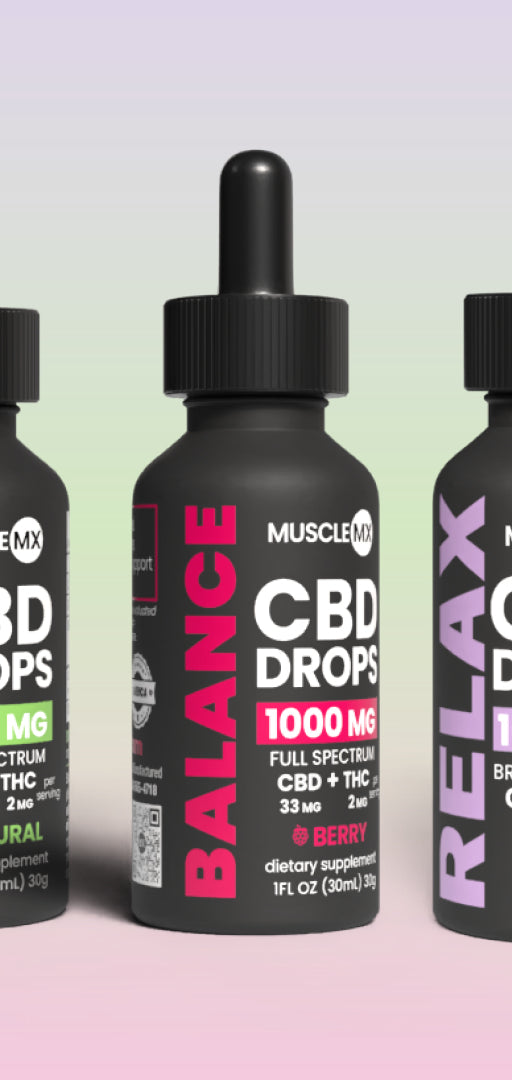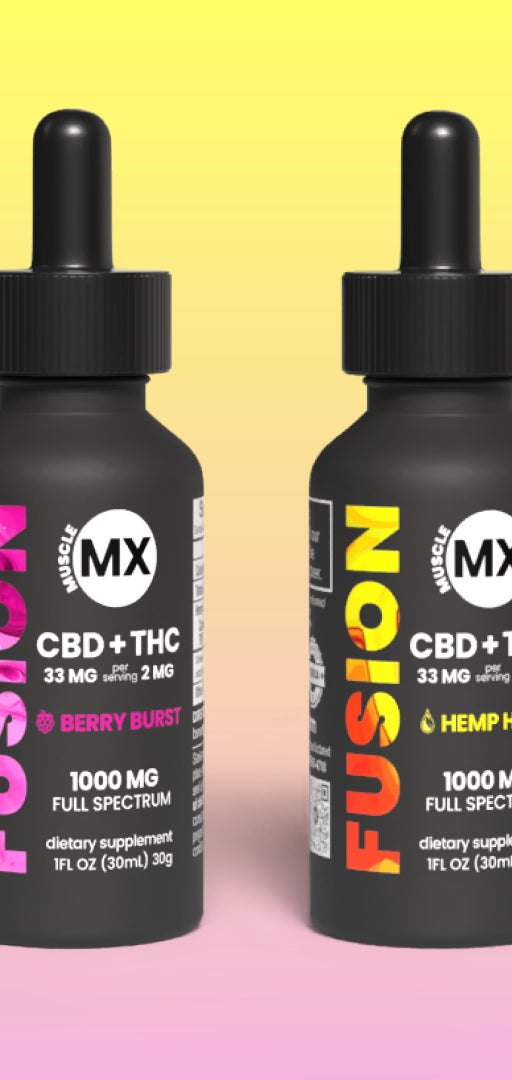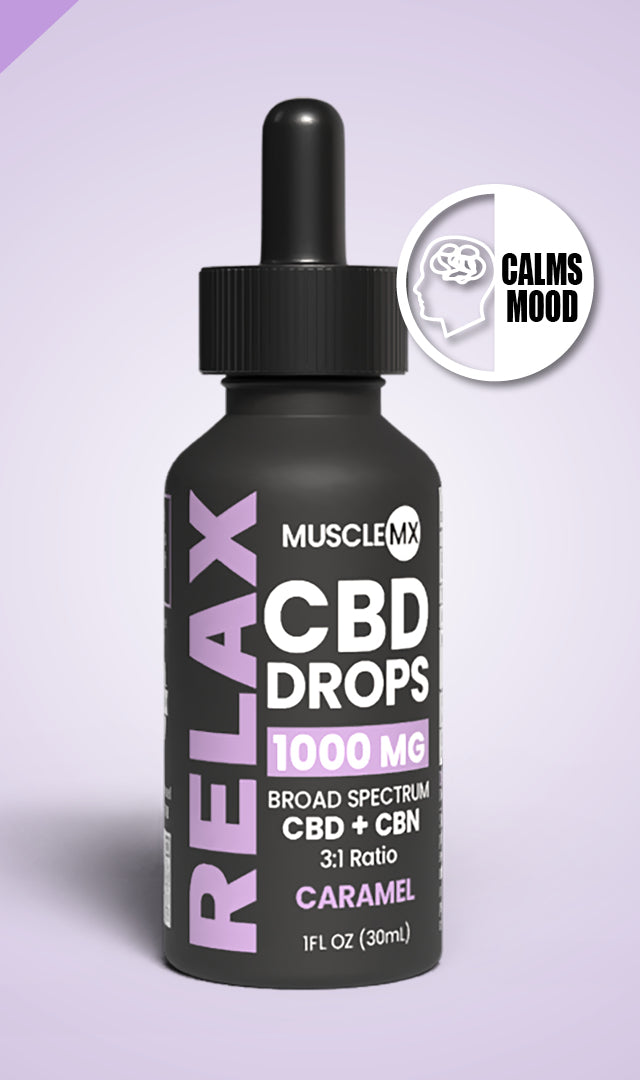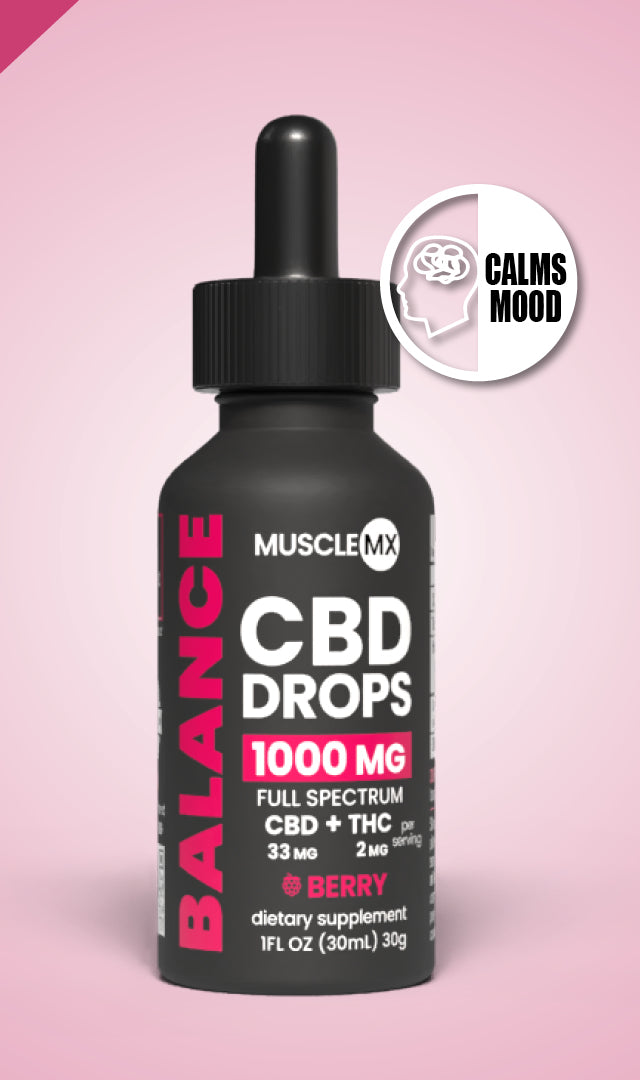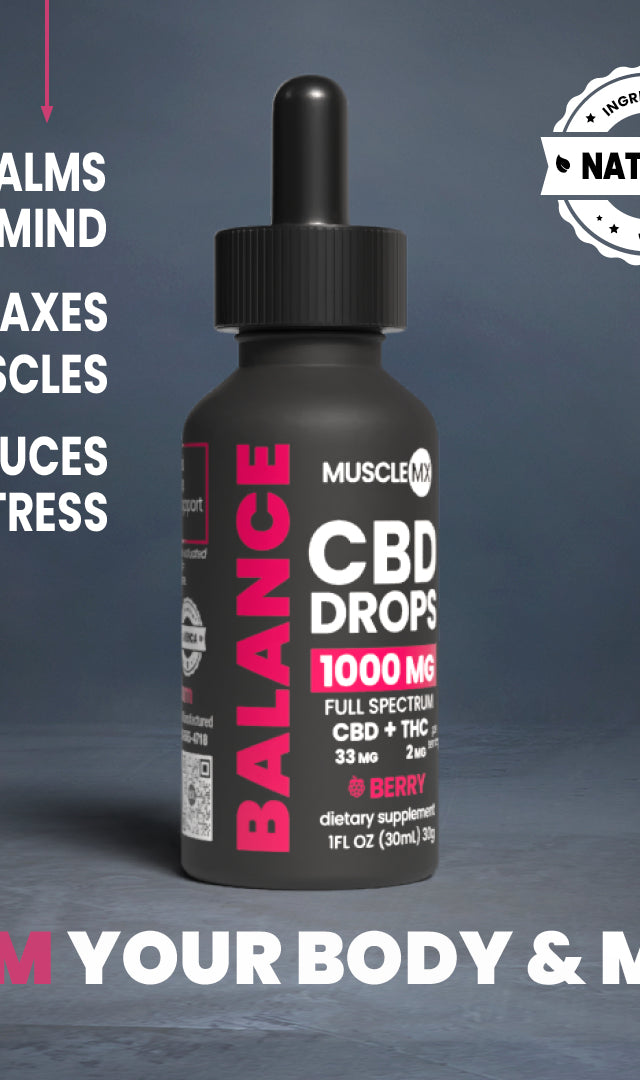Linalool Terpene Effects: New Research Reveals Unexpected Benefits
Key Takeaways
Recent research reveals linalool's remarkable therapeutic potential extends far beyond its pleasant lavender scent, offering unexpected medical applications across multiple health conditions.
-
Dramatic pain relief: Post-surgery patients inhaling linalool-rich lavender oil required 50% less morphine than control groups, showing powerful opioid-sparing effects.
-
Multi-pathway brain benefits: Linalool simultaneously targets GABA, glutamate, serotonin, and dopamine systems, explaining its diverse effects on anxiety, depression, and cognitive function.
-
Alzheimer's protection: Studies show linalool reverses key pathological hallmarks including β-amyloidosis and tauopathy while improving memory in Alzheimer's models.
-
Cannabis synergy amplifies effects: Linalool enhances THC and CBD benefits through the entourage effect, reducing anxiety while boosting therapeutic outcomes in strains like Lavender Kush.
-
Widespread natural consumption: Most people unknowingly consume over 2 grams of linalool annually through common foods, demonstrating its safety and accessibility for therapeutic use.
The convergence of traditional aromatherapy wisdom with modern neuroscience research positions linalool as a promising natural compound for addressing conditions from chronic pain to neurodegenerative diseases, with clinical applications likely expanding as research continues.
Introduction
That calming lavender scent you love? There's more to it than meets the nose. The compound responsible for that soothing fragrance — linalool — offers therapeutic benefits that might surprise you. Most of us unknowingly consume over two grams of linalool each year through everyday foods. This naturally occurring compound appears in more than 200 plant species, from the lavender in your garden to the mint in your tea and the cinnamon in your spice rack.
Recent research reveals linalool's impressive range of health benefits. While you might know it for its relaxing properties, studies now show remarkable potential for pain management. Consider this: only 46% of post-surgery patients who inhaled linalool-rich lavender oil needed opioid medication, compared to 82% in the control group. The compound also demonstrates antimicrobial and antifungal activity, making it valuable for skin health and fighting infections.
What about anxiety relief? Research shows promising results there too. Mice exposed to linalool vapors displayed decreased anxiety levels and fewer depression-like behaviors. The question becomes: what exactly does linalool do in your brain? It appears to influence multiple neurotransmitter systems, opening doors for potential applications in everything from inflammatory pain to cognitive support.
Whether you're already familiar with terpenes or just starting to explore natural wellness compounds, the emerging science around linalool holds some genuine surprises. Let's learn more about how this common plant compound works, both on its own and within cannabis, and why researchers are taking notice of its therapeutic potential.
What Is Linalool's Chemical Profile and Natural Sources?
Linalool ranks among the most extensively studied terpenes found in nature. This acyclic monoterpene alcohol exists in two distinct forms, each bringing its own unique properties and effects to the table.
Monoterpene Structure and Isomers
The chemistry behind linalool (C₁₀H₁₈O) reveals why this compound works so effectively. It belongs to the monoterpene family, built from a 10-carbon skeleton derived from two isoprene units. What makes this molecule particularly fascinating is its chirality — it exists as two mirror-image forms called enantiomers.
The (S)-(+)-linalool, also known as coriandrol, and (R)-(-)-linalool, called licareol, differ subtly in their three-dimensional structures. These structural differences cause each form to interact differently with our smell receptors, resulting in distinct scent experiences. The (R)-form typically produces that woody, lavender-like fragrance we recognize, while the (S)-form offers a sweeter, more floral scent reminiscent of coriander.
Common Plants Containing Linalool
Nature has distributed linalool generously across the plant kingdom. Over 200 species synthesize this versatile compound, and the concentrations can be quite impressive. Beyond lavender (which contains 25-38% linalool), several other plants produce notable quantities:
• Basil (Ocimum basilicum): Up to 40% linalool in its essential oil • Ho wood (Cinnamomum camphora): Exceptionally rich at 90-95% linalool content • Sweet orange blossoms: Primary component of neroli oil
• Rosewood (Aniba rosaeodora): Approximately 82-90% linalool • Coriander seeds (Coriandrum sativum): Particularly rich in (S)-linalool
You'll also find linalool in mint, cinnamon bark, birch trees, and numerous citrus fruits. Many plants actually produce linalool as a natural defense mechanism against insects and microbial threats — which hints at its antimicrobial properties we discussed earlier.
Linalool in Cannabis Chemovars
Cannabis presents an interesting case when it comes to linalool content. Most strains contain modest concentrations — usually less than 0.5% of the total terpene profile. However, certain chemovars (chemical varieties) consistently show elevated linalool levels. Lavender Kush, Do-Si-Dos, and Granddaddy Purple are known for their higher linalool content.
Cannabis plants produce linalool through the same metabolic pathways as other plants — via the mevalonate and methylerythritol phosphate pathways. What sets cannabis-derived linalool apart isn't its chemical structure, but rather its synergistic relationship with cannabinoids and other terpenes.
This interaction forms the foundation of the entourage effect, where linalool's properties contribute to the overall therapeutic profile of specific cannabis varieties. Understanding these relationships becomes important when exploring how different strains might affect your wellness routine.
How Linalool Affects the Brain and Body
Understanding linalool's effects requires looking at how it interacts with your brain's complex communication systems. Unlike many pharmaceutical compounds that target a single pathway, linalool influences several crucial neurotransmitter systems at once. This multi-target approach helps explain why this simple plant compound can produce such diverse therapeutic effects.
Interaction with Glutamate and NMDA Receptors
Linalool demonstrates strong antagonistic actions on glutamate receptors, particularly NMDA, AMPA, and kainate subtypes. This interaction contributes significantly to its anticonvulsant properties. Research shows that linalool directly blocks glutamate binding to NMDA receptors, which supports its ability to prevent seizures and modulate memory formation. This glutamate antagonism also provides protection against excitotoxicity — when linalool (100 μM) was tested, it reduced glutamate-mediated cell death and preserved healthy mitochondrial structure.
Modulation of Serotonin and Dopamine Pathways
The compound works extensively with your brain's monoaminergic systems, especially through serotonin pathways. Studies confirm that linalool produces antidepressant-like effects by interacting with postsynaptic 5-HT1A receptors. It also inhibits serotonin reuptake, functioning similarly to conventional antidepressants. Beyond serotonin, linalool affects noradrenergic systems through α2 receptors and influences dopamine pathways via D1 receptors. Remarkably, (S)-(+)-linalool shows binding energy values (-93.83 kcal/mol) nearly identical to fluoxetine, which may explain its mood-enhancing properties.
GABAergic Effects and Sedation
Perhaps linalool's most significant brain effect involves enhancing inhibitory GABAA receptors. This mechanism explains its well-known sedative and anxiety-reducing properties. Research using human embryonic kidney cells confirmed that linalool vapor significantly boosts GABAergic currents, working much like benzodiazepines. Molecular studies reveal that linalool binds to multiple GABAA receptor subunits (α3, β1, and γ2) with binding values of -5.2, -5.8, and -4.3 kcal/mol respectively.
Linalool's Role in the Parasympathetic Nervous System
When inhaled at concentrations of 5 μL/L air, linalool activates parasympathetic dominance in test subjects. This activation triggers your body's "rest and digest" response, naturally decreasing heart rate, blood pressure, and muscle tension. Research demonstrates that linalool inhalation increases high-frequency (HF) components from 61.1% to 65.6% while reducing low/high-frequency ratios (LF/HF) from 0.43 to 0.42. These effects explain linalool's ability to counter stress responses and promote the relaxation states that benefit both your physical and mental wellbeing.
Remember, these multiple pathways working together create linalool's therapeutic profile. The compound doesn't just affect one system — it orchestrates a coordinated response across several brain networks to produce its calming and healing effects.
Unexpected Therapeutic Benefits of Linalool
The research surrounding linalool continues to reveal health applications that go well beyond its reputation as a pleasant fragrance. These discoveries position this common plant compound as a valuable tool for both traditional wellness practices and modern therapeutic approaches.
Anti-inflammatory and Antioxidant Properties
Linalool demonstrates powerful anti-inflammatory effects by suppressing key pro-inflammatory proteins including p38 MAPK, NOS2, COX2, and IL-1β. Recent studies show it also enhances your body's own antioxidant enzyme levels (SOD, GPx) and provides protection against oxidative stress by eliminating harmful peroxyl radicals. These properties work together to reduce inflammation throughout multiple body systems, supporting overall wellness in ways researchers are still discovering.
Pain Relief and Postoperative Opioid Reduction
Here's where linalool's potential becomes truly remarkable. Patients exposed to linalool-rich lavender oil after surgery required significantly less morphine—only 50% as much as control groups. The compound works by elevating adenosine levels in the brain and inhibiting spinal cells responsible for transmitting pain signals. Animal studies show linalool's effectiveness rivals that of 10 mg/kg morphine for neuropathic pain, suggesting significant possibilities for natural pain management approaches.
Cognitive Support in Alzheimer's Models
The neuroprotective effects of linalool extend to cognitive health as well. Triple transgenic Alzheimer's mice given oral linalool (25 mg/kg) showed improved learning and spatial memory. More importantly, it reversed key pathological hallmarks including β-amyloidosis, tauopathy, astrogliosis, and microgliosis in crucial brain regions like the hippocampus and amygdala. These neuroprotective effects suggest linalool may hold potential for Alzheimer's prevention strategies.
Anxiolytic and Antidepressant Effects in Animal Studies
Remember how we mentioned linalool's anxiety-reducing properties? The research goes deeper than expected. Mice exposed to linalool vapor showed increased exploration of open arms during elevated plus maze tests, indicating significant anti-anxiety effects without any motor impairment. When researchers administered flumazenil, these effects disappeared completely, confirming the involvement of benzodiazepine-responsive GABAA receptors. Oral linalool also demonstrated antidepressant properties by reducing immobility times in forced swim tests.
Sleep Enhancement via GABAA Receptor Modulation
Linalool directly binds to GABAA-benzodiazepine receptors as a partial modulator, supporting better sleep quality. Through this mechanism, it promotes parasympathetic dominance, naturally decreasing heart rate and muscle tension while encouraging the relaxation states that support restorative sleep.
Understanding these diverse therapeutic effects helps explain why linalool has maintained such an important place in traditional wellness practices while gaining recognition in modern research settings.
Linalool in Cannabis: Synergy and Strain Profiles
Cannabis offers a unique window into linalool's potential — here, this terpene doesn't work alone but teams up with cannabinoids to create something greater than the sum of its parts.
Entourage Effect with THC and CBD
The entourage effect represents one of the most fascinating aspects of cannabis science. When linalool combines with THC, it helps counteract some of the anxiety and paranoia that high-THC strains can sometimes cause by targeting GABA receptors. Think of linalool as a natural balance — smoothing out THC's more intense effects while preserving its benefits.
The combination with CBD creates its own unique synergy. Together, linalool and CBD amplify stress-relieving and anti-anxiety effects, making certain strains particularly effective for relaxation and mood support. This explains why many people find whole-plant cannabis products more effective than isolated compounds.
Strains High in Linalool: Lavender Kush, Do-Si-Dos, GDP
Certain cannabis varieties consistently deliver higher levels of this calming terpene. If you're exploring linalool-rich options, these strains stand out:
Lavender Kush lives up to its name with a sweet, floral profile that makes it ideal for evening use, particularly when you're dealing with anxiety or sleep challenges. The indica-dominant genetics complement linalool's relaxing properties perfectly.
Do-Si-Dos brings a different approach — this 70:30 indica-to-sativa strain packs THC levels of 28-30% while maintaining those characteristic earthy, floral notes. It's potent but balanced, thanks in part to its linalool content.
Granddaddy Purple (GDP) remains a classic for good reason. This iconic strain combines stunning purple coloration with grape-like aromas and deeply sedative effects. The linalool contributes to its reputation as a powerful nighttime strain.
Other strains worth considering include Zkittlez, Amnesia Haze, and LA Confidential, all known for their linalool content.
Linalool's Contribution to Cannabis Aroma and Flavor
When you catch those floral, lavender-like notes in cannabis — that's linalool at work. The terpene brings unmistakable floral qualities with subtle spicy undertones. What makes this particularly interesting is how scent connects directly to your brain's emotion and memory centers, potentially linking the pleasant aroma to linalool's calming effects.
Strains rich in linalool tend to lean toward indica-like effects, promoting both mental ease and physical relaxation. Understanding this connection can help you choose strains that align with your wellness goals.
Final Thoughts
The simple lavender scent that has soothed humans for centuries turns out to be far more powerful than anyone imagined. What started as an exploration of a pleasant fragrance has revealed a compound capable of reducing surgical pain medication needs, supporting cognitive function, and working alongside cannabis compounds to create enhanced therapeutic effects.
Understanding these discoveries matters because linalool isn't hiding in some exotic plant — it's already part of your daily life. The mint in your morning tea, the cinnamon on your toast, even the citrus fruits you enjoy all contain this remarkable terpene. This widespread presence speaks to both its safety and its potential accessibility as a wellness tool.
The research continues to unfold, pointing toward applications that extend well beyond what we currently understand. From its ability to work with multiple brain systems simultaneously to its role in the entourage effect with cannabinoids, linalool represents a bridge between traditional plant wisdom and modern scientific discovery.
Perhaps most encouraging is how this research validates what many have intuitively known about the power of natural compounds. The emerging science doesn't replace traditional knowledge — it explains why certain plants have supported human wellness for generations.
Remember, your wellness journey is uniquely yours. Whether you're exploring natural pain management options, seeking support for anxiety, or simply curious about the compounds in your everyday environment, knowledge empowers better choices. The story of linalool reminds us that sometimes the most powerful solutions are the ones that have been with us all along, waiting for science to catch up with nature's wisdom.
We invite you to explore our range of CBD wellness products that work with your body's natural systems. Your path to better wellness might be simpler — and more natural — than you think.
FAQ's On Linalool Terpene Effects
Q: What are the main benefits of linalool terpene?
A: Linalool offers a range of therapeutic benefits, including anxiety reduction, pain relief, and improved sleep quality. It also shows promise in cognitive support for conditions like Alzheimer's and has anti-inflammatory and antioxidant properties.
Q: How does linalool affect mood and relaxation?
A: Linalool is known for its calming effects, promoting relaxation and easing anxiety. It interacts with neurotransmitter systems in the brain, particularly GABA receptors, which contributes to its stress-reducing and mood-enhancing properties.
Q: What role does linalool play in pain management?
A: Linalool has shown significant potential in pain relief. Studies indicate that patients exposed to linalool-rich essential oils after surgery required substantially less opioid medication, demonstrating its effectiveness in managing post-operative pain.
Q: How does linalool interact with the brain?
A: Linalool affects multiple neurotransmitter systems in the brain, including glutamate, GABA, serotonin, and dopamine pathways. This broad interaction explains its diverse effects on mood, cognition, and neurological function.
Q: Can linalool enhance the effects of cannabis?
A: Yes, linalool contributes to the entourage effect in cannabis. It works synergistically with cannabinoids like THC and CBD, potentially enhancing their therapeutic benefits while mitigating some unwanted effects, such as anxiety associated with THC use.
References
https://www.leafly.com/news/science-tech/linalool-cannabis-terpene-benefits
https://botanicalsciences.com/blog/linalool-terpene/
https://pmc.ncbi.nlm.nih.gov/articles/PMC8426550/
https://www.sciencedirect.com/science/article/abs/pii/S1532045616301661
https://www.sciencedirect.com/science/article/pii/S0753332219323625
https://pmc.ncbi.nlm.nih.gov/articles/PMC9886818/
https://www.sciencedirect.com/science/article/abs/pii/S0024320515001381
https://www.mdpi.com/1422-0067/24/11/9244
https://pmc.ncbi.nlm.nih.gov/articles/PMC5478857/
https://www.mdpi.com/1420-3049/27/8/2414












